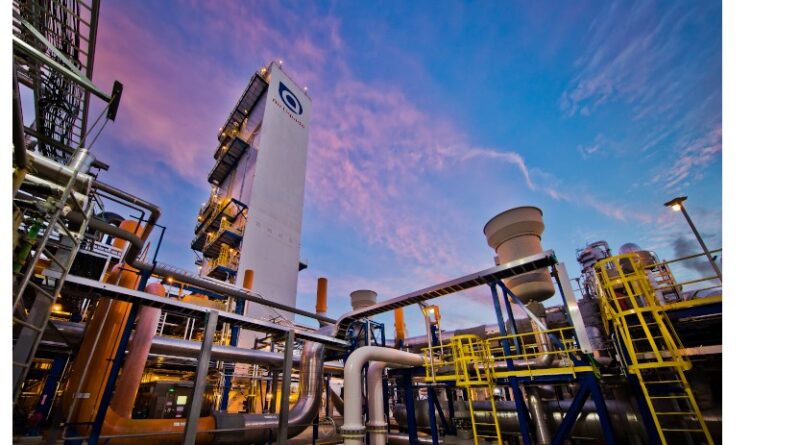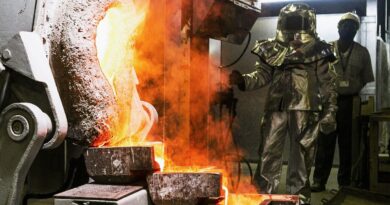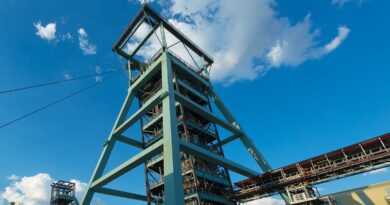Platinum use in petroleum and chemical sector in Q3’20
Following two consecutive quarters of declining demand, platinum use in the petroleum sector improved slightly in Q3’20, though overall volumes remained historically weak at 23 koz (-32 koz year-on-year).
At the start of Q3’20, as national lockdowns eased in many countries, there were initially some improvements in oil consumption. The recovery, however, gradually lost momentum from September onwards, in the wake of renewed COVID-19 fears.
More importantly for refineries, any benefit from improving demand was largely offset by high spare capacity and inventories, with refining margins staying depressed. As a result, in spite of a tentative recovery, refinery production run rates remained at historically low levels across most countries, which continued to weigh on platinum demand in Q3.
Finally, continuing the trend seen in H1’20, a slower pace in petrochemical capacity expansion this year (which has tended to be integrated with upstream oil refining units in the last couple of years) also explains year-on-year losses in platinum offtake.
CHEMICAL
Despite an 8% (+10 koz) rise from the previous quarter, platinum chemical offtake, at 124 koz in Q3’20, was still 24% (-40 koz) below the same period in 2019. This sharp year-on-year fall should be viewed in the context of record demand for platinum bearing catalysts from new PX and PDH plants in China in 2019, which has proven difficult to sustain this year.
Meanwhile, the rapid capacity expansion in China, weak downstream consumption and continuous oversupply globally, continued to weigh on profit margins for many manufacturers in Asia, which in the past relied on exports to China. This in turn resulted in lower operating rates or plants being placed on care and maintenance.
Platinum use in silicone also improved during Q3’20 on the previous quarter. The recovery was uneven across key sectors. Use in medical, health, hygiene and consumer care applications remained robust.
In contrast, the slow recovery in other areas, such as automotive, has restrained growth. Elsewhere, after initial COVID-19-related disruptions, the rebound in the production of nitric acid has been swift during Q3.
This was largely attributed to most countries having designated the agricultural sector (including fertiliser production) as essential and therefore exempt from business closures and restrictions on movement.
That said, with an economic downturn, 2020-to-date has seen a slower pace of new capacity additions, which has negatively affected demand for platinum bearing catalysts.




